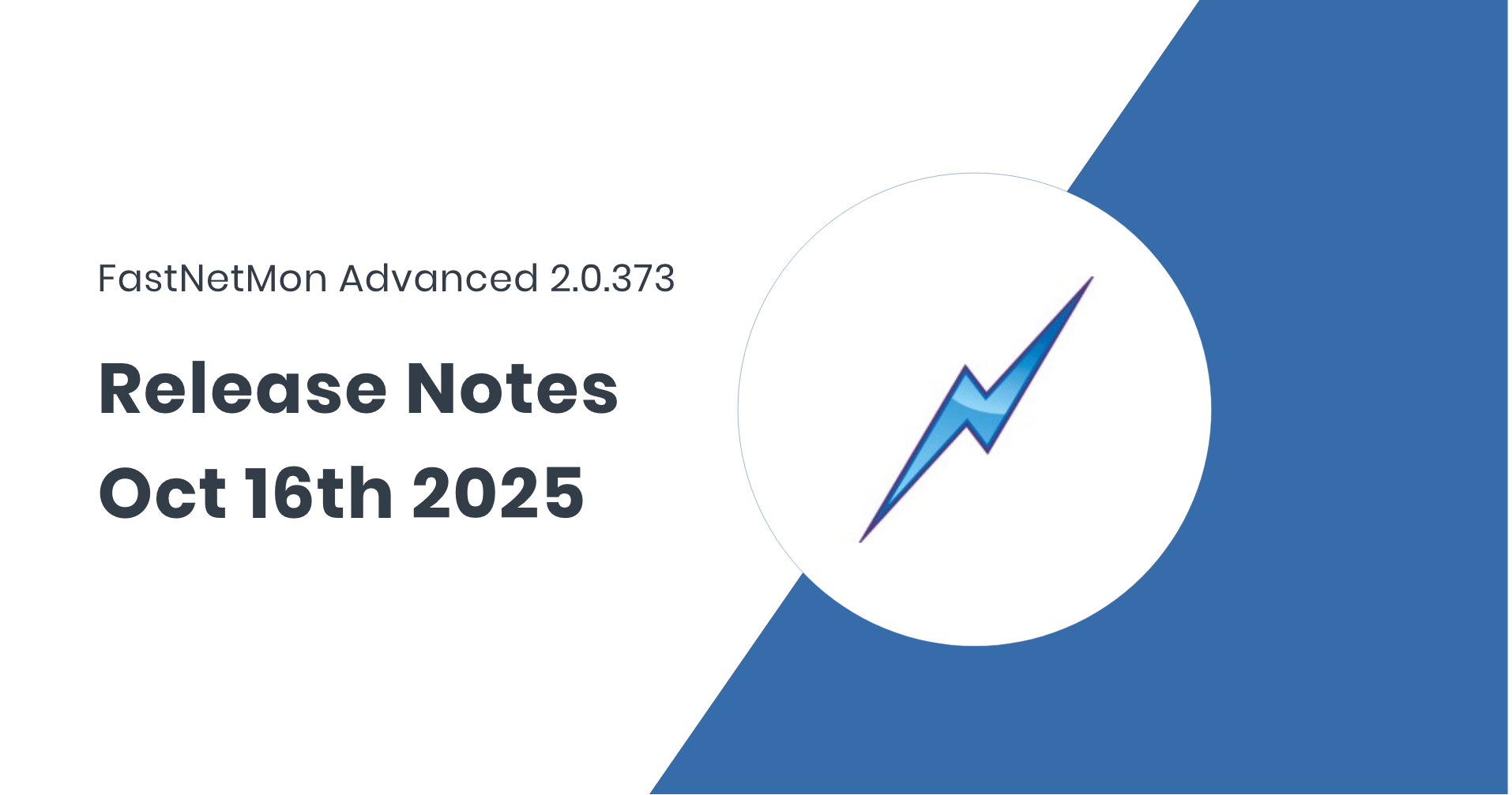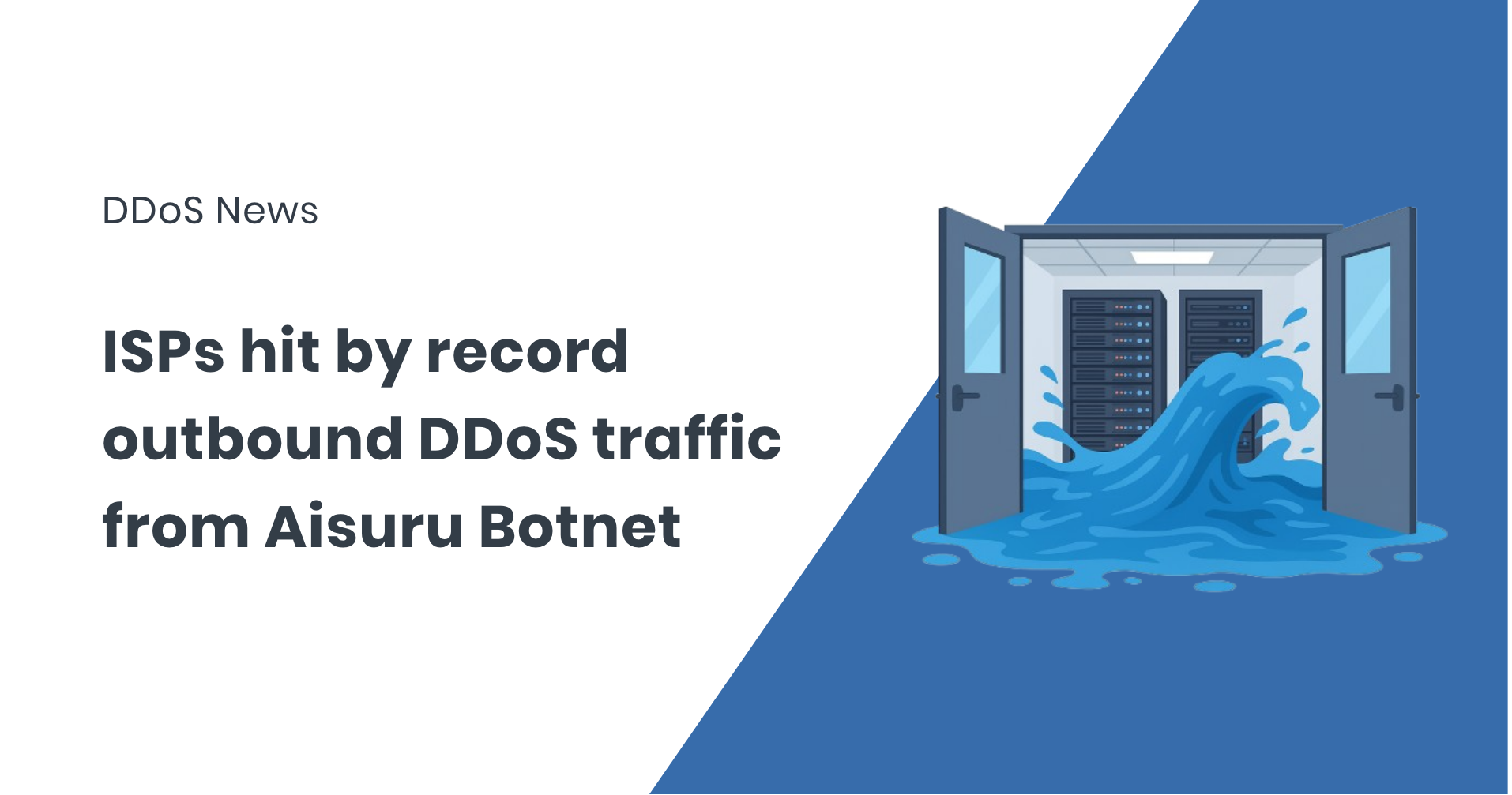Welcome to our Network Engineering Community News! Hi from FastNetMon! October brought plenty of tricks and treats on the network front: outbound DDoS attacks, new botnets lurking in misconfigured servers, ...
RITE 2025 Recap: Evolving Internet, Evolving DDoS Threats FastNetMon joined the Romanian Internet Technologies Event (RITE) this week in Bucharest — a gathering focused on how decentralisation, enhanced security and ...
Packets, People, and Post-Quantum Coffee – Notes from a RIPE Newbie After ten years, the RIPE community returned to Bucharest — a city that’s clearly spent the last decade delightfully ...
Release date: 16 October, 2025Version: 2.0.373 FastNetMon Advanced 2.0.373 has been released with security hardening, telemetry enhancements, and new integrations. We’ve added device allow-lists for Netflow v5/v9 and IPFIX collectors ...
Every now and then, a network operator’s inbox lights up with a DDoS ransom note — bold claims, big threats, and a bitcoin address waiting for payment. We’ve seen plenty ...
London, UK — October 16, 2025 — FastNetMon, a leading provider of network traffic visibility and DDoS protection solutions, today announced that Kate Fateeva, Co-founder and CEO, will step down ...
Aisuru, a massive IoT botnet, recently pushed outbound traffic close to 30 Tbps from infected devices inside major U.S. ISPs — one of the largest DDoS events ever recorded. Outbound ...
We’re excited to announce our new integration with Gcore, enabling fully automated DDoS mitigation through real-time detection and instant redirection to Gcore’s scrubbing centres. With this integration, networks using FastNetMon ...
Today, FastNetMon protects networks of all sizes from DDoS attacks and serves customers in dozens of countries worldwide. But how did it all begin? This is the story of the ...
Recent kernel updates led by Google engineer Eric Dumazet, and first reported by Michael Larabel (Phoronix), show that Linux 6.18 delivers significant improvements in how servers handle high-rate DDoS traffic. ...









